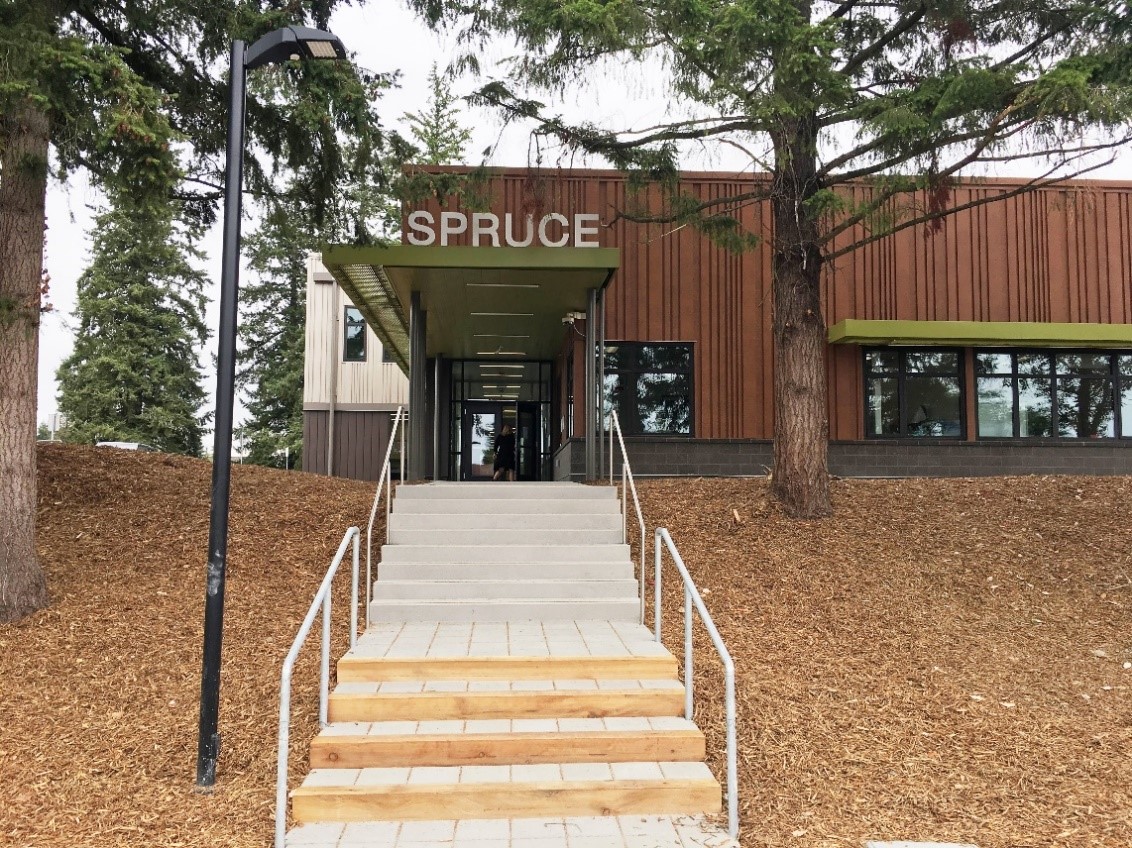The COVID-19 pandemic has prompted substantial changes in building ventilation strategies across various industries, from schools and residential buildings to commercial facilities. While prioritizing indoor air quality remains the priority for mitigating the spread of the virus and others, these ventilation adjustments can inadvertently negatively impact energy consumption and efficiency. Through this blog post, we will dive into the ongoing challenges faced by building owners in balancing the COVID-19 ventilation changes with energy efficiency goals.
Since the onset of the pandemic several years ago, building owners and facility managers have implemented a wide range of ventilation measures to enhance indoor air quality and reduce the risk of virus transmission among occupants. These measures often include increasing outdoor air intake, upgrading filtration systems, and adjusting HVAC operations to maximize ventilation rates. While this is crucial for occupant safety, these changes can lead to higher energy consumption and operational costs if not managed effectively.
Challenges Across Various Building Types
- K-12: In K-12 educational buildings and facilities ensuring proper ventilation is crucial for creating a safe learning environment. Most schools and districts have adjusted their HVAC systems to increase the outdoor air intake and extend the runtimes, leading to substantially increased energy usage.
- For example, a school district in Washington state implemented HVAC adjustments across all their buildings and facilities to meet COVID guidelines, resulting in a noticeable increase in energy bills despite reduced occupancy. Balancing ventilation needs with energy efficiency goals became a significant challenge for the district.
- Residential: Homeowners have also made changes to ventilation systems to improve indoor air quality and reduce the risk of COVID-19 transmission. However, these adjustments can impact energy consumption, especially in homes with older or inefficient HVAC systems.
- For example, a homeowner in a residential community upgraded their HVAC system to include high-efficiency air filters and ventilation controls. While the changes improved their indoor air quality, it also led to a visible increase in energy bills.
- Commercial: Commercial establishments have implemented similar ventilation adjustments to meet COVID-19 guidelines and ensure occupant safety. However, maintaining optimal indoor air quality while minimizing energy usage remains a persistent challenge.
- For example, a retail store in downtown Seattle modified their HVAC system to increase outdoor air intake and enhance filtration. While these changes were necessary for customer and employee safety, they resulted in higher energy costs, prompting the owner to explore energy-saving alternatives.
Despite the challenges posed by COVID ventilation changes, building owners can adopt several strategies to uncover a balance between indoor air quality and energy efficiency:
- Invest in Energy-Efficient HVAC Systems: Upgrade to energy-efficient HVAC equipment, like high-efficiency air filters, variable-speed drives, or demand-controlled ventilation systems to minimize energy consumption while maintaining indoor air quality.
- Implement Smart Controls and Automation: Deploy smart thermostats, occupancy sensors, and building automation systems to optimize the HVAC operations based on occupancy levels, usage patterns, and outdoor conditions. Driving reduction during lower occupancy periods.
- Conduct Regular Maintenance and Tune-Ups: Schedule regular maintenance and tune-ups for HVAC systems to ensure optimal performance. This includes the cleaning of filters, inspection of ductwork, and calibration of controls to improve efficiency and airflow distribution.
- Educate Occupants on Energy-Saving Practices: Encourage building occupants to adopt to energy-saving behaviors, such as adjusting thermostat settings, turning off lights and equipment when not in use, and utilizing natural ventilation when possible.
As the COVID-19 pandemic continues to shape building and facility operations, finding the right balance between ventilation requirements and energy efficiency goals remains a top priority for building owners and facility managers. By implementing a combination of energy-efficient technologies, smart controls, regular maintenance, and occupant engagement strategies, buildings can maintain high indoor air quality standards while minimizing energy consumption. As we navigate the evolving landscape of building operations in the post-pandemic era, prioritizing both health and efficiency is essential for creating sustainable and resilient environments.

